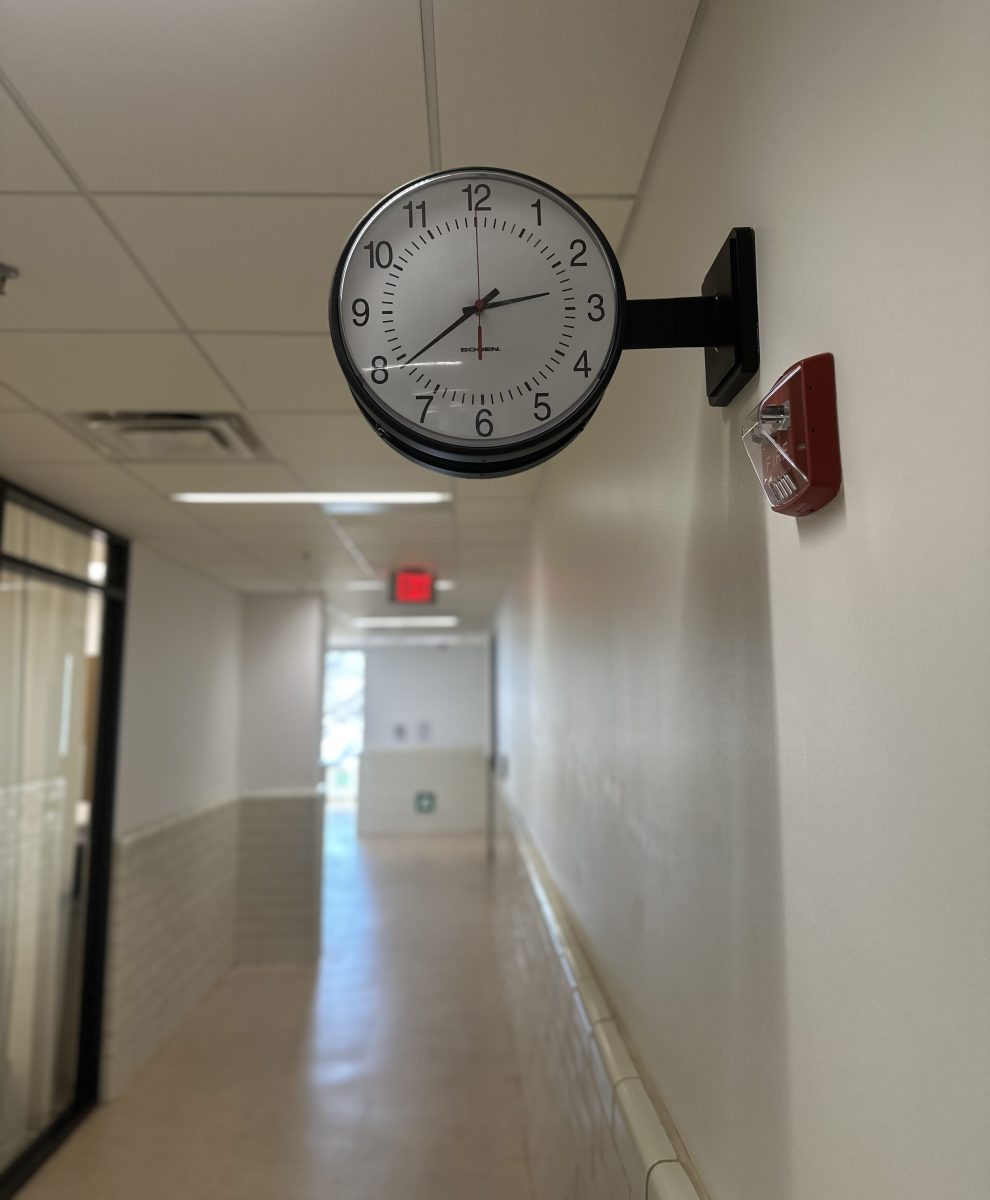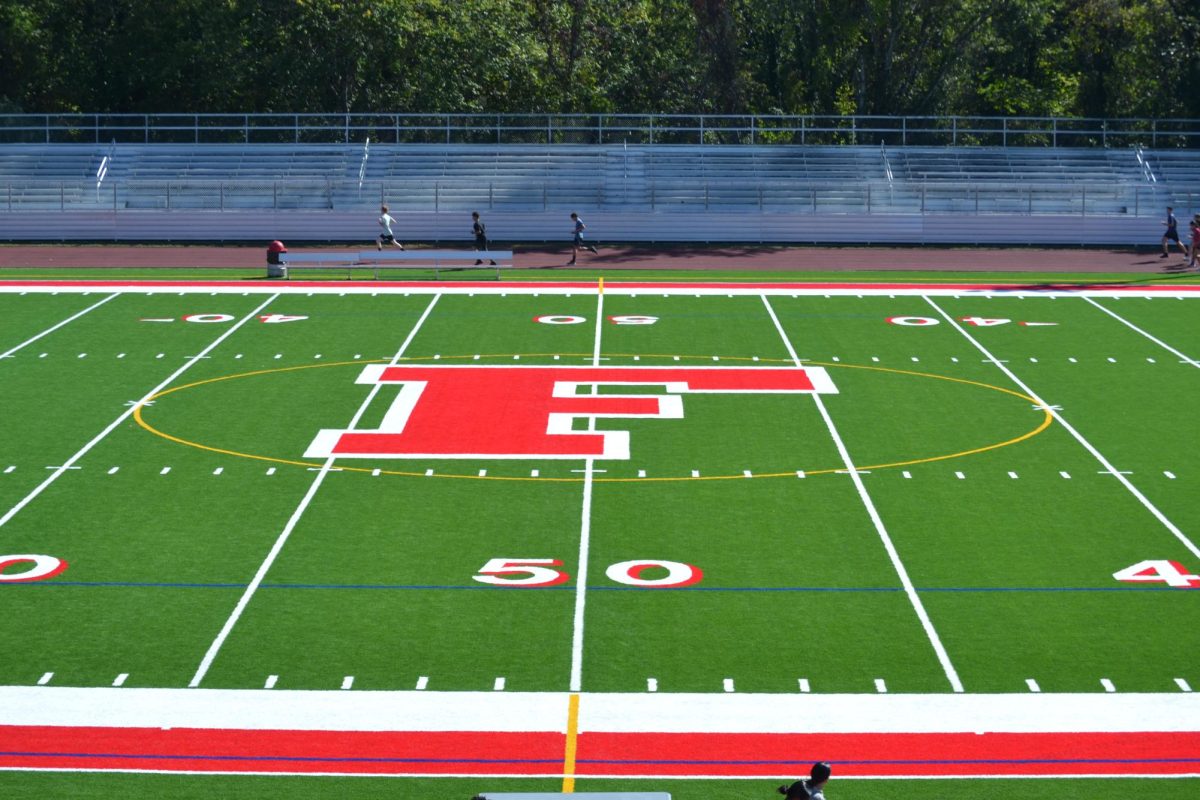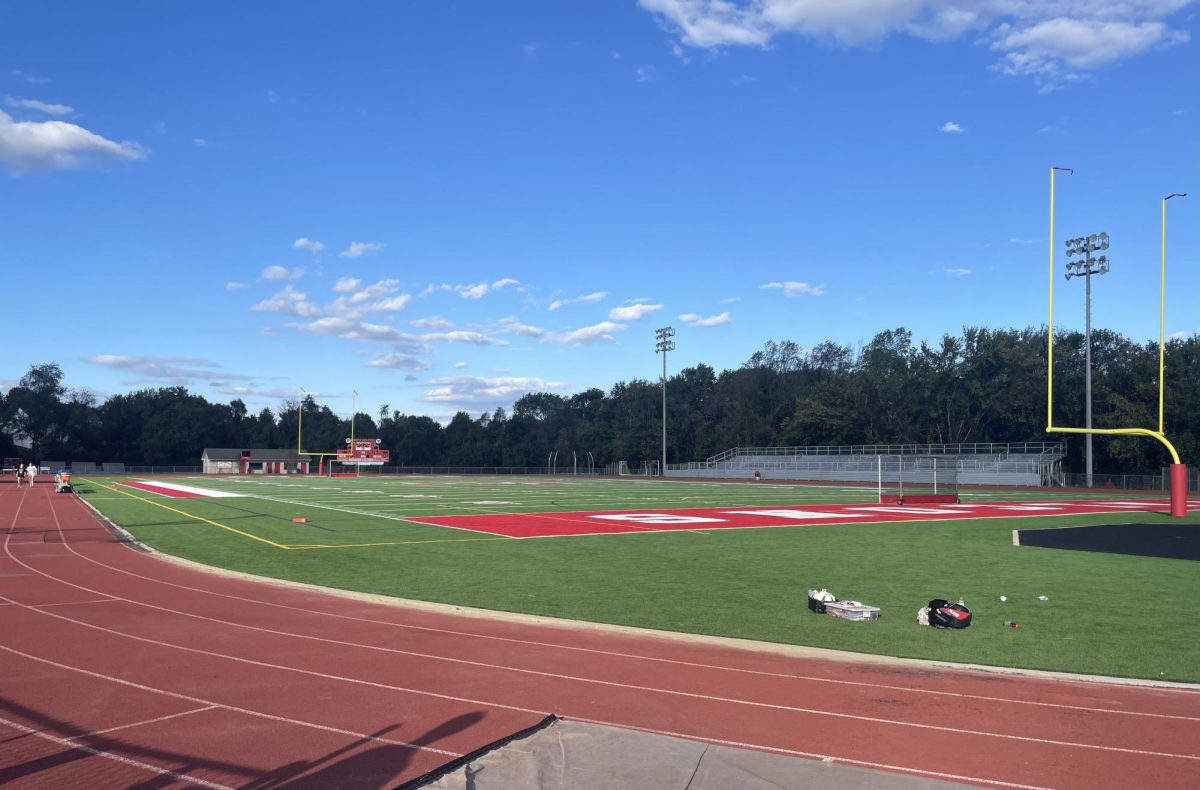Students are required to be at school for just over seven hours, a period of time made even longer by after-school activities like sports and clubs. While seven hours is less than a standard work day, after transportation and activities are added, it quickly surpasses that. The reason for the current school schedule is the state’s requirement for a certain number of instructional hours. However, seven hours is simply more than is needed to accomplish the educational purpose of school.
A normal school day starts at 7:30 a.m. and ends at 2:35 p.m. with four blocks that are each 85 minutes long. On top of this, there is academic enrichment and lunch, which are two 30-minute periods. Bus rides to and from school also consume a lot of time that isn’t counted in the seven hours as mentioned above. Depending on where a student lives, it could take them up to an hour bus ride to get to school and another hour to get home. Not only does this consume a massive amount of time, but it also requires students to wake up much earlier than is ideal for optimal health and wellness.
Due to sports practices after school, which require daylight and cannot be easily moved later, the solution is to shorten the school day. Shorter classes would require compacting course material, but the benefits of a new schedule would outweigh this. Even if classes were cut to just an hour each, most students would still have plenty of time to complete classwork. Anyone who needs additional time or help could do so in academic enrichment which currently lacks purpose for most students.
Academic enrichment is also a waste of time in many cases, meaning it should be modified. Instead of being in the middle of the day, it could be at the end. This could allow anyone who can drive or has a ride to leave early if they don’t need additional help from their teachers. At this point, the school day would be two hours shorter and potentially two and a half hours shorter if AE was subtracted. There would now be two options, start school two hours late, or cut an hour from the start and end of the day. Both have their positives, so it could be put up for a vote to determine which is better.
The benefits of a shorter school day go even further than more sleep, like allowing for increased participation in extracurricular activities. Students would be able to do more and become more well-rounded people. This time could also be used to work a job where students could learn valuable skills and make money. Additionally, a use for this time is homework. Many students skip homework when they feel they don’t have enough time. Whether this is due to laziness or an actual lack of time is debatable. However, changing the “work-play” balance has a good chance of helping students complete their homework in a timely manner.
Having shorter school days would have many benefits. The start time could be later so that students could wake up at a more reasonable time. More free time would mean more time for extracurricular activities or jobs and there would be more time for homework. After all, shortening school days is not an act of laziness, but is an optimization of the “work-play” balance to create better-educated and more well-rounded students.








